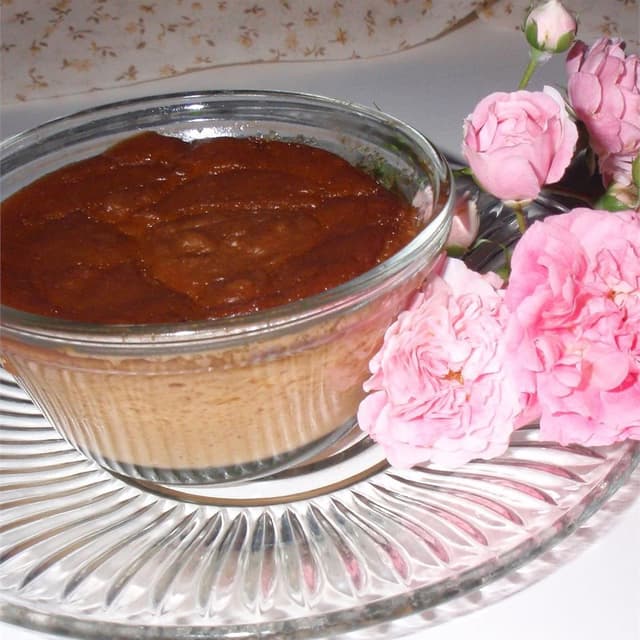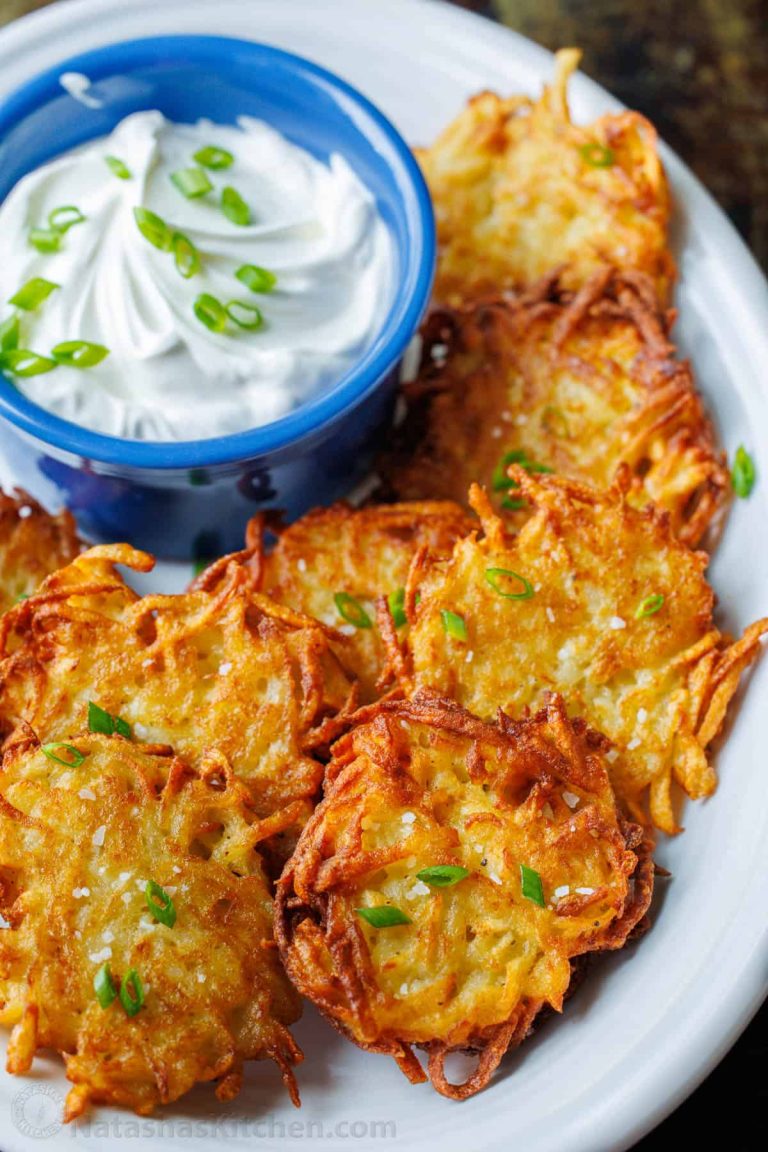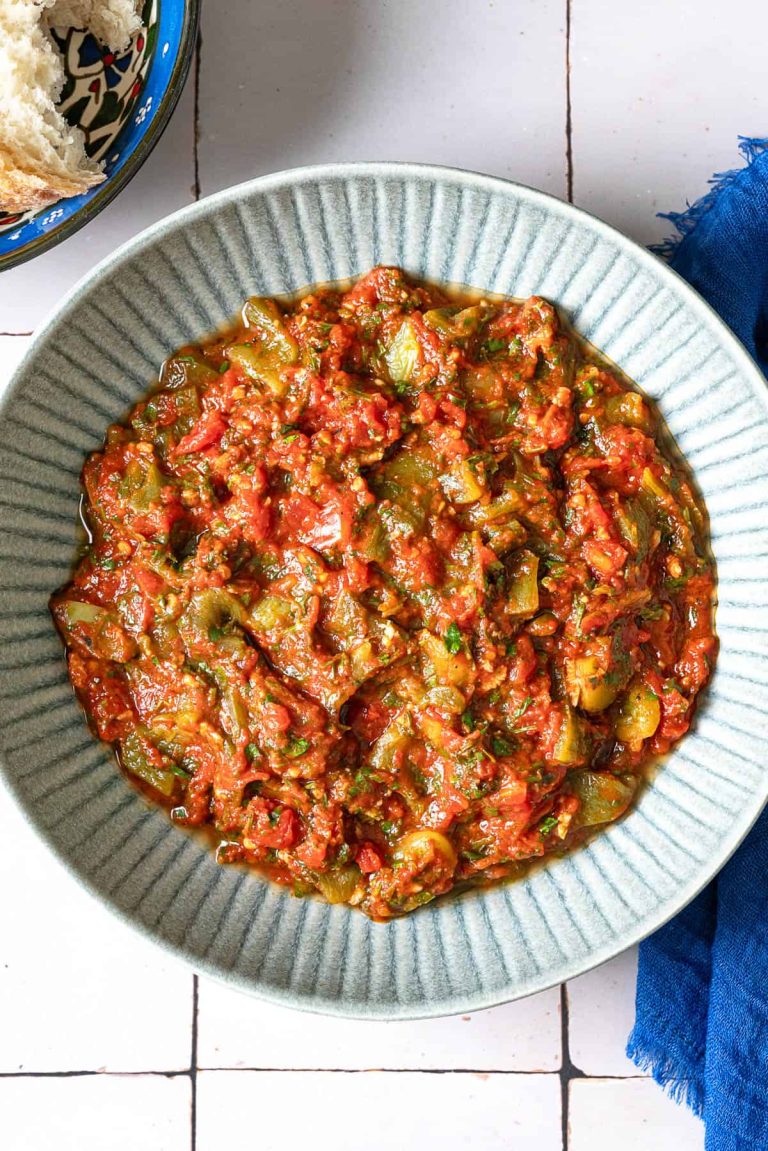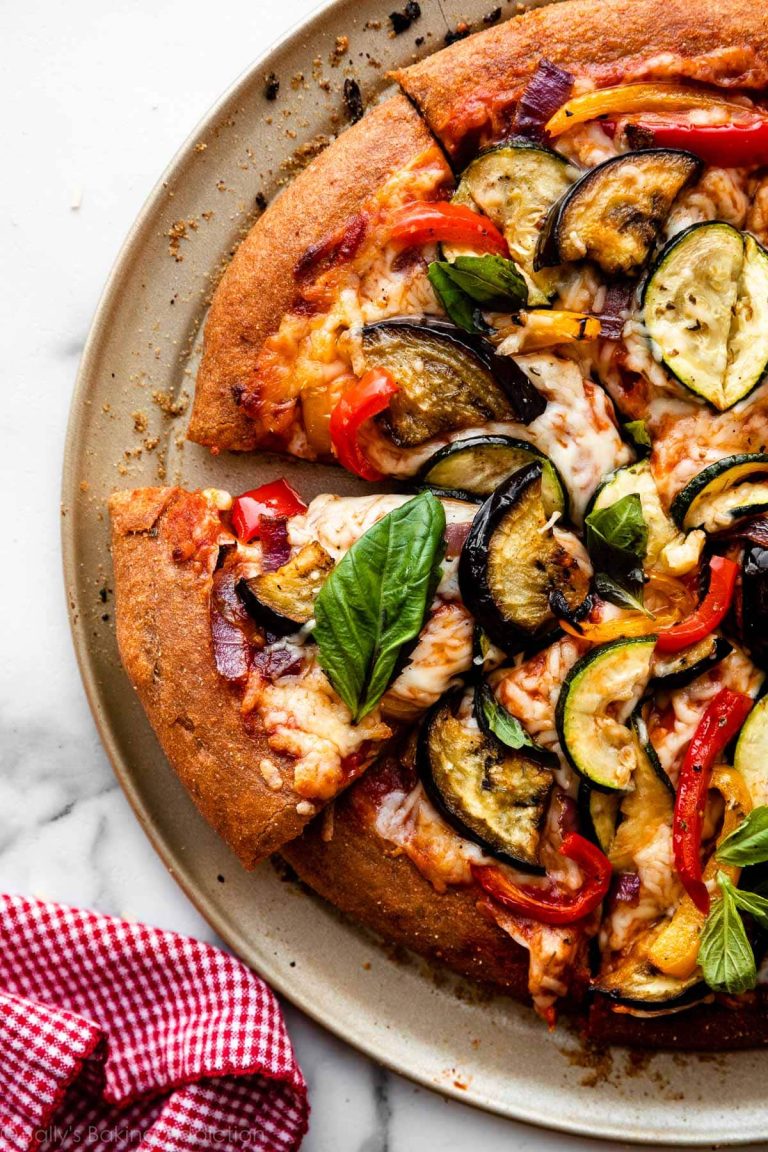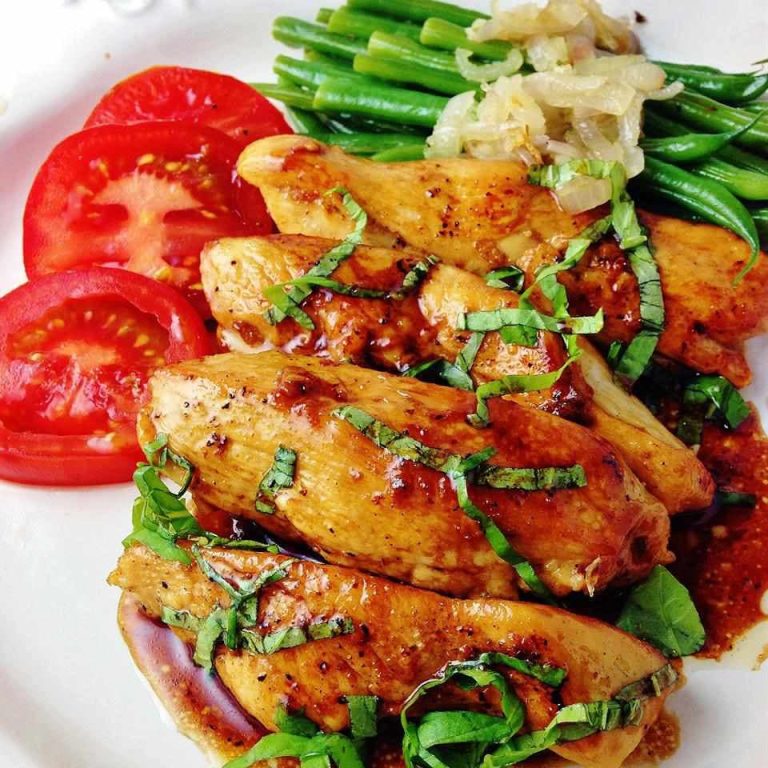Baked Indian Pudding with Maple Syrup: A Delish Blend of Tradition and Flavor
The origins of baked Indian pudding date back to colonial America. Early settlers, influenced by Native American cuisine, adapted their traditional Hasty Pudding by incorporating local ingredients. Cornmeal replaced wheat, and molasses substituted sugar, creating a new, hearty dessert. Historical records from the 17th century show that this pudding became a staple in many households, symbolizing the blending of Native American and European culinary traditions. Given its rich history, baked Indian pudding offers a unique window into early American life and food culture.
Variations Across Different Cultures
Baked Indian pudding has evolved with diverse cultural influences. In New England, the classic recipe often includes cornmeal, milk, and molasses, yielding a dense, custard-like texture. By contrast, Southern versions sometimes incorporate sweet potatoes and spices for added richness. Regional adaptations also feature flavor additions such as nutmeg, cinnamon, or ginger, reflecting local tastes. This dessert’s versatility lies in its ability to blend regional ingredients while maintaining its core essence, honoring both its historical roots and modern palates.
Key Ingredients in Baked Indian Pudding With Maple Syrup
Why Maple Syrup Makes a Difference
Maple syrup adds a distinct, caramel-like sweetness that elevates the overall flavor. It pairs well with the creamy texture of the pudding, offering a smoother taste compared to traditional molasses. Maple syrup, being a natural sweetener, contains essential nutrients like manganese, zinc, and antioxidants, providing slight health benefits. Using pure maple syrup ensures there are no artificial additives, preserving the rich and authentic flavor.
Substitutes and Their Impact on Flavor
Although maple syrup is preferred, you can use other sweeteners with some flavor differences. Molasses delivers a stronger, slightly bitter taste, altering the pudding’s profile significantly. Brown sugar adds a milder sweetness but lacks the distinct maple notes. Honey, another alternative, offers a floral sweetness but may overpower the delicate cornmeal base. Each substitute impacts the pudding’s texture and sweetness, so choose based on your preference.
Step-by-Step Guide to Making Baked Indian Pudding
Preparing the Cornmeal
Start by combining 1/2 cup of cornmeal with 2 cups of milk in a saucepan. On medium heat, whisk constantly until the mixture thickens. This typically takes about 10 minutes. Ensure the cornmeal is smooth and free of lumps. Once thickened, remove it from heat and let it cool slightly. Cornmeal forms the base of the pudding, providing the characteristic texture and subtle earthiness.
The Role of Spices in Flavor Development
Spices elevate the taste of the baked Indian pudding. Combine 1 teaspoon of ground cinnamon, 1/2 teaspoon of ground ginger, and 1/4 teaspoon of ground cloves in a bowl. These spices add warmth and complexity, enhancing the pudding’s depth. Additionally, 1 teaspoon of vanilla extract contributes a sweet aroma and rounds out the flavors. Mix the spices with the cooked cornmeal and milk mixture to ensure even distribution.
Consistency in the use of cornmeal and spices ensures that the pudding develops a balanced and rich flavor profile. Follow these steps closely, and you’ll create a dessert that honors tradition while adding a unique twist with maple syrup.
Pairing and Serving Suggestions
Best Drinks to Complement the Dessert
You can enhance Baked Indian Pudding with Maple Syrup by pairing it with the right beverages. Hot beverages like coffee or chai tea blend well with the rich, spicy flavors of the pudding. Strong black coffee balances the pudding’s sweetness, while chai tea’s spices complement the dessert’s ingredients. For a cooler option, serve the pudding with a chilled glass of apple cider or a smooth dessert wine like Moscato. Apple cider’s crispness refreshes the palate, and Moscato’s fruity notes harmonize with the maple syrup.
Occasions Perfect for Baked Indian Pudding
Baked Indian Pudding with Maple Syrup suits various occasions. It’s a warming dessert perfect for fall and winter gatherings, like Thanksgiving or Christmas dinners. Serve it during family get-togethers to introduce a comforting, nostalgic dish with historical roots. For a more casual setting, consider serving it at a potluck or a weekend brunch. The pudding’s rich, hearty nature makes it ideal for any event where you want to offer a satisfying finish to a meal.
Health and Nutritional Considerations
Evaluating the Sweetness: Is it Healthy?
Baked Indian pudding with maple syrup carries both nutritional benefits and considerations. Primary ingredients include cornmeal and molasses, both of which provide essential vitamins and minerals. Maple syrup adds a natural sweetness but also increases the sugar content. High sugar consumption can lead to health issues like obesity and diabetes. Moderation is crucial to enjoy this dessert while keeping health risks minimal.
Dietary Adjustments for Healthier Versions
Creating healthier versions of baked Indian pudding is straightforward. Substitute regular cornmeal with whole grain cornmeal to incorporate more fiber and nutrients. Replace molasses with a smaller quantity of honey or date syrup to reduce glycemic impact. Incorporate nuts or seeds for added protein and healthy fats. Additionally, using plant-based milk like almond or oat milk can lower saturated fat content, making the dessert suitable for lactose-intolerant individuals.
Conclusion
Creating Baked Indian Pudding with Maple Syrup brings a unique blend of flavors to your table. This dessert not only offers a taste of history but also allows for modern twists to suit various dietary needs. Whether you’re hosting a cozy fall gathering or a festive winter dinner, this pudding is sure to impress. Pair it with your favorite hot or chilled beverage for an unforgettable experience. Remember to enjoy it in moderation and explore healthier ingredient options to make it a guilt-free treat. Happy baking!
